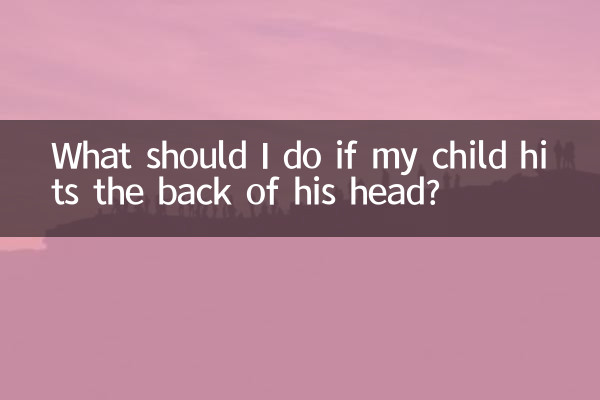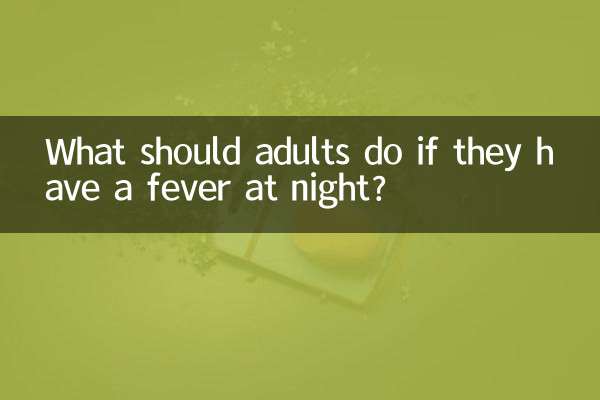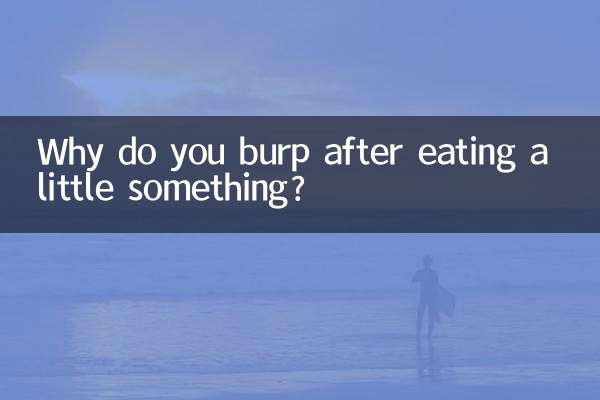What should I do if my child hits the back of his head? A must-learn emergency guide for parents
Children are active and active, so it is inevitable that they will fall or bump, especially if they hit the back of their heads. Parents often panic. Recently, there has been a lot of discussion on the Internet about "children hurting the back of their heads after falling." Many parents have shared their personal experiences and medical advice. This article combines hot topics and authoritative information in the past 10 days to provide parents with a structured emergency guide to help you scientifically respond to such emergencies.
1. Statistics of hot topics across the entire network (last 10 days)

| Topic keywords | Number of discussions (times) | main focus |
|---|---|---|
| The child fell on the back of his head | 12,500+ | How to judge whether it is serious and home first aid measures |
| Head trauma in infants and young children | 8,300+ | Danger signs such as vomiting and drowsiness |
| Concussion symptoms in children | 6,700+ | Cognitive impairment and abnormal behavior |
| Did you seek medical attention immediately after a fall? | 5,200+ | Controversy over hospital examination items (CT/MRI) |
2. Emergency treatment steps if a child falls on the back of his head
1. Stay calm and assess quickly
Check the child's state of consciousness immediately: call the child's name and observe whether the eyes are focused. If the child cries loudly and can respond clearly, he is usually conscious; if he appears comatose or has convulsions, call the emergency number immediately.
2. Check for trauma
Use clean gauze to apply gentle pressure to stop bleeding (if there is a wound), and avoid direct contact with the swollen area. If the skull is found to be depressed or abnormally bulging, no compression is allowed, and the head must be fixed to wait for professional rescue.
3. Watch for danger signs (within 24 hours)
According to pediatrician recommendations, you should seek medical attention immediately if you experience any of the following symptoms:
| symptom | Possible risks |
|---|---|
| Repeated vomiting (≥2 times) | increased intracranial pressure |
| Pupils of different sizes | brainstem damage |
| Persistent drowsiness/unable to wake up | concussion |
| limb weakness or twitching | nerve damage |
3. Correction of common misunderstandings among parents
Misunderstanding 1:"Hold him up and shake him immediately"→ Correct approach: Observe for 10 seconds to confirm that there is no damage to the neck before moving slowly.
Misunderstanding 2:"The congestion needs to be rubbed away"→ Correct approach: apply ice for 15 minutes (separated with a towel) and apply heat after 24 hours.
Misunderstanding 3:"Sleeping will worsen the condition"→ Doctors recommend: Check consciousness every 2-3 hours while awake.
4. Things to note during the recovery period
1.diet modification: Avoid greasy food and appropriately supplement foods rich in vitamin B (such as bananas, whole wheat bread).
2.activity restrictions: Avoid strenuous exercise for 3 days and reduce screen time by 50%.
3.Psychological comfort: Explain the causes of injuries through picture books or games to reduce fear.
5. Summary of recommendations from authoritative organizations
World Health Organization (WHO) data shows that 90% of children's head injuries are mild, but timely and correct treatment can reduce the risk of sequelae. Recommended for families to keep:
- Medical ice pack
- First aid kit for children
- Emergency hospital contact information (posted in a conspicuous place)
remember:Prevention is better than cure! Measures such as furniture anti-collision corners, crawling mat thickness ≥2cm, and avoiding the use of walkers can reduce the risk of falling by 70%. I hope every child can grow up safely!

check the details

check the details